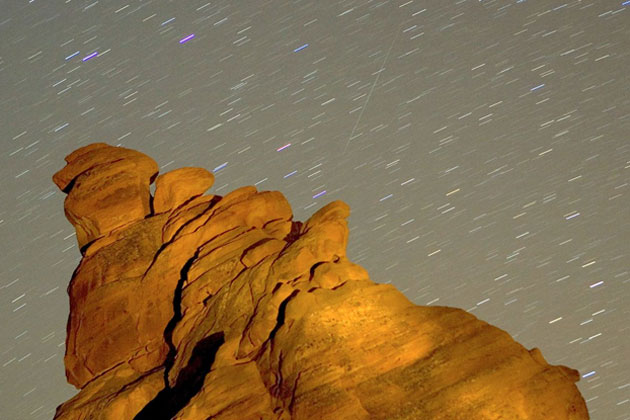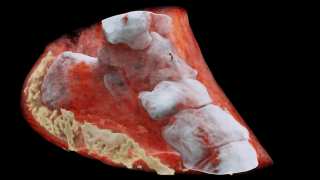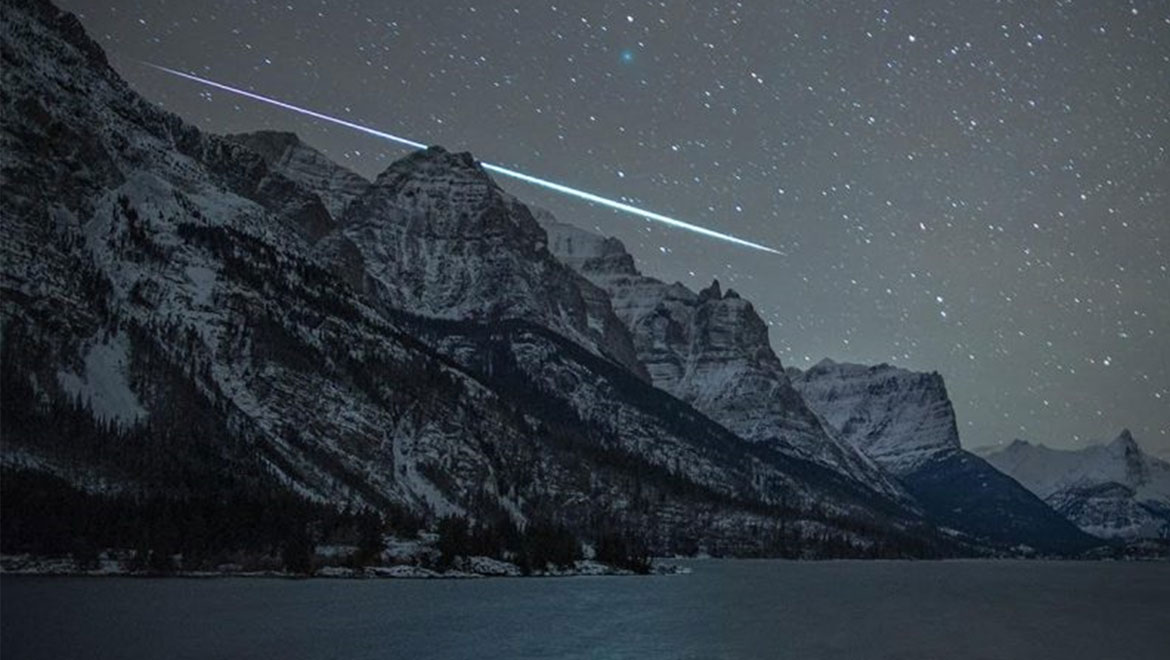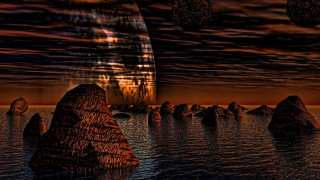While August’s Perseid meteor shower was said to be the best of the year, the Geminid shower also promises to be a worthy spectacle - definitely, worth stepping out for, on a cold December night!
The Geminid meteor shower will peak tonight in the United States (Thursday, Dec 13, 2018), and no special equipment is required to view the magical show, provided there is a clear and dark sky. Thanks to the warmer temperatures and reduced chance of cloud cover, the Geminid meteor shower produces more "shooting stars" per hour in a dark-sky location 120 compared to about 100 for the Perseids.
The Geminid meteor shower will run from December 4th to December 16th, but it is expected to peak on the night of December 13–14, 2018.
What Are Meteors?
Meteors are grains of debris that burn up in our atmosphere and can be spotted on any given night. But, once every month, the Earth plows through a collection of dust and particles left over from a passing comet or asteroid, causing what's known as a meteor shower. When this happens, more meteors can be seen compared to an average night. The area from which meteors appear to originate is called the radiant.
Details of the Geminid Meteor
The Geminid meteor shower is caused by debris from the asteroid named 3200 Phaethon. These slow-moving showers are usually seen around December every year, but they peak around mid-December (14-15) with the maximum intensity during the early hours of December 14th, each year.
The 3200 Phaethon asteroid takes about 1.43 years to finish its orbit around the sun. These meteor showers occur in December each year when our planet passes through the tail of the debris from 3200 Phaethon. The meteor shower is named after the constellation in that part of the sky. In this case, the radiant occurs in Gemini, the twins, hence the name, Geminids.
Why are the Geminids Best Seen at 2am?
The reason is that this is when the shower’s radiant point – the point in our sky from which the meteors seem to radiate – is highest in the sky. As a general rule, the higher the constellation, Gemini the Twins, in the sky, the more the Geminid meteors are likely to be seen.
The Geminids' radiant point is highest around 2 am, and it nearly coincides with the bright star, Castor, in Gemini. That is most probably a chance alignment as Castor lies about 52 light-years away, while these meteors burn up in the upper atmosphere about 60 miles (100 km) above Earth’s surface. Castor is noticeably near another bright star, the golden star Pollux of Gemini.

A view of the Geminids in the Valley of Fire State Park, Nevada. (Source: Ethan Miller/Getty Images)
How and Where to Watch the Event
What you can see will depend on the light pollution in the surrounding area. Under ideal conditions, one can see 120 shooting stars an hour, at the shower’s peak, according to London’s Natural History Museum. "You go out after the moon sets, you find yourself a nice dark place, you lay on your back, and you look straight up taking in as much sky as you can," explained Bill Cooke, the lead for NASA’s Meteoroid Environment Office, in a Facebook live video. "Dress warmly," Cooke added, "That’s all you’ve got to do to see meteors."
There are a few other ways to still catch the meteor shower if you live amid the city lights. CNET reports that Slooh Observatory will be streaming the event, as it takes place.
Top Image: John Ashley caught this amazing earthgrazer meteor on December 6, 2018, in Glacier National Park, Montana. (Source: EarthSky)







No comment